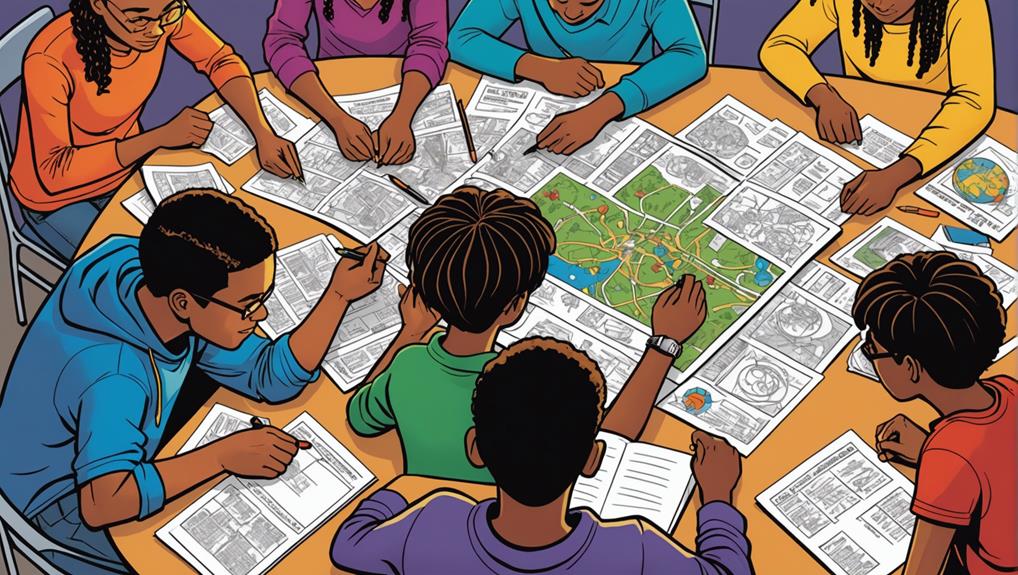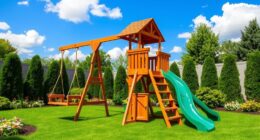Unlock student potential with empowering strategies that focus on strengths and interests. By identifying what makes each student unique, educators can create personalized learning experiences that resonate with them. Positive reinforcement, like celebrating achievements and offering sincere feedback, builds confidence and motivation. Establishing strong relationships based on trust and genuine interest creates a supportive environment where students feel valued. Tailoring tasks and projects to align with individual interests and assigning roles that play to strengths boost self-esteem. Embracing a growth mindset and encouraging self-empowerment set the stage for students to flourish both academically and personally.
Key Takeaways
- Tailor lessons to student strengths and interests for personalized engagement.
- Use positive reinforcement techniques and sincere feedback tailored to each student.
- Build strong student relationships through trust, recognition, and celebration of achievements.
- Offer personalized empowerment approaches by aligning tasks with individual interests.
- Foster a growth mindset and self-empowerment by celebrating progress and embracing challenges.
Understanding Student Strengths and Interests
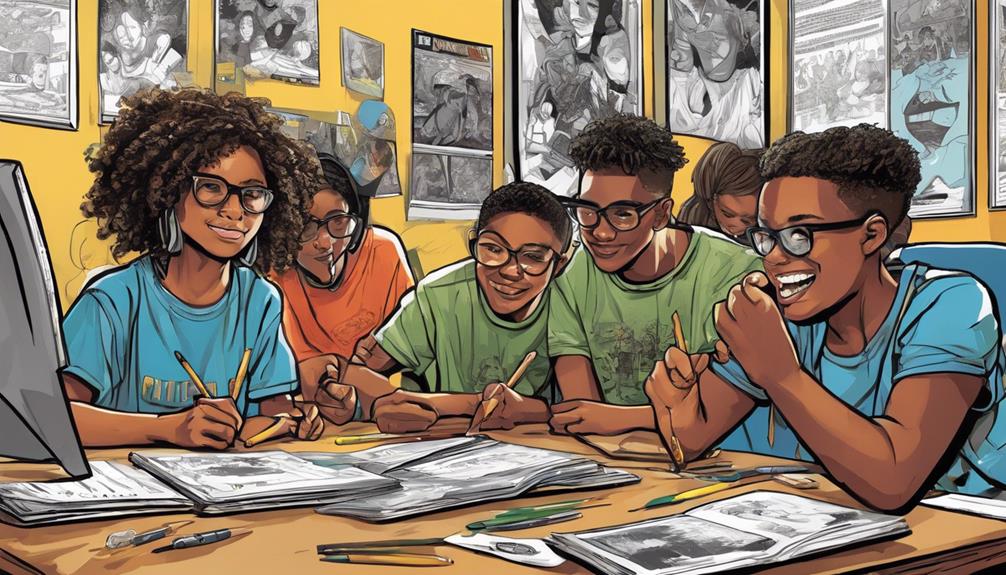
Identifying students' strengths and interests lays the foundation for personalized engagement and empowerment in the learning process. By pinpointing what makes each student unique, educators can tailor lessons to captivate and inspire.
Keeping a special notebook to record these details allows for a more personalized approach. This information can be utilized to assign group roles that align with each student's strengths, fostering collaboration and confidence.
Celebrating student achievements based on their interests not only boosts morale but also reinforces the idea that their passions matter. Understanding what drives students can transform the learning environment into a place where they feel seen, valued, and enthusiastic to excel.
Positive Reinforcement Techniques
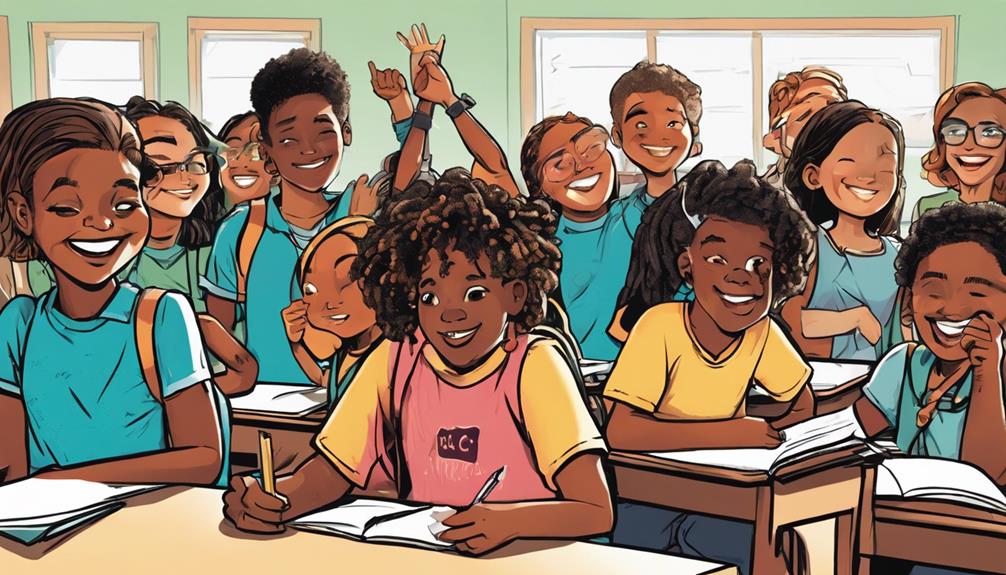
Understanding the importance of positive reinforcement in student development is key to fostering a supportive and encouraging learning environment. By turning negative situations into positive learning opportunities and focusing on long-term goals, educators can inspire students to reach their full potential.
Using rewards more frequently than sanctions and providing sincere feedback tailored to each student's progress can effectively reinforce positive behavior. Celebrating achievements based on individual interests and aspirations not only boosts confidence but also cultivates a sense of accomplishment.
Encouraging a growth mindset and self-empowerment through genuine rewards and feedback motivates students to take ownership of their learning journey. Positive reinforcement techniques create a dynamic and uplifting atmosphere where students thrive and excel.
Building Strong Student Relationships
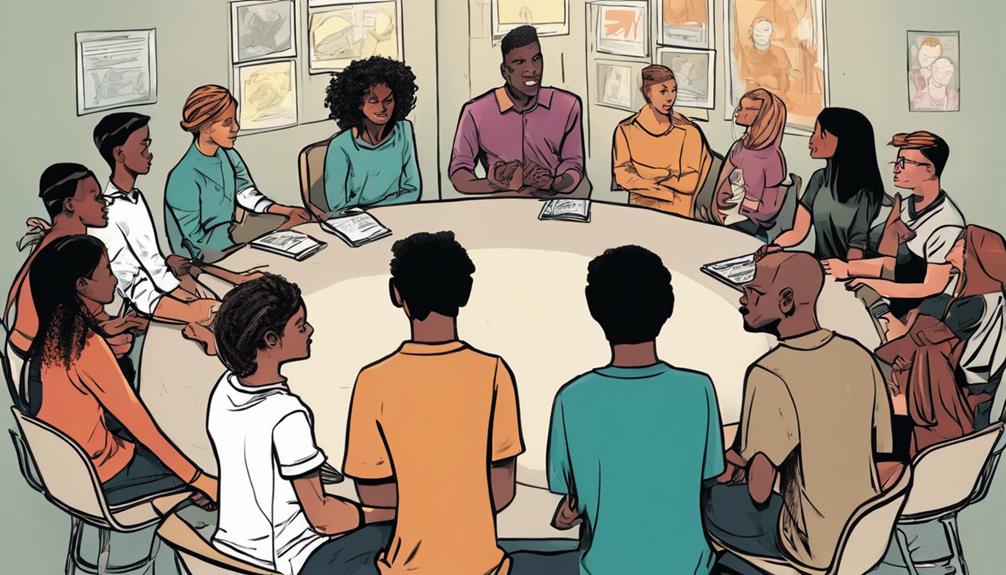
Turning attention to fostering strong student relationships, educators play an important role in creating a supportive and encouraging learning environment.
By building positive connections with students, teachers establish trust and rapport that can enhance academic performance and overall well-being. Engaging in meaningful conversations, showing genuine interest in students' lives, and offering support beyond the classroom can make a significant difference in their educational journey.
Recognizing individual strengths, addressing concerns, and celebrating achievements help foster a sense of belonging and motivation to succeed. Strong student-teacher relationships not only improve classroom dynamics but also contribute to a more positive school culture where students feel valued and supported.
Through these connections, educators can inspire and empower students to reach their full potential.
Personalized Empowerment Approaches
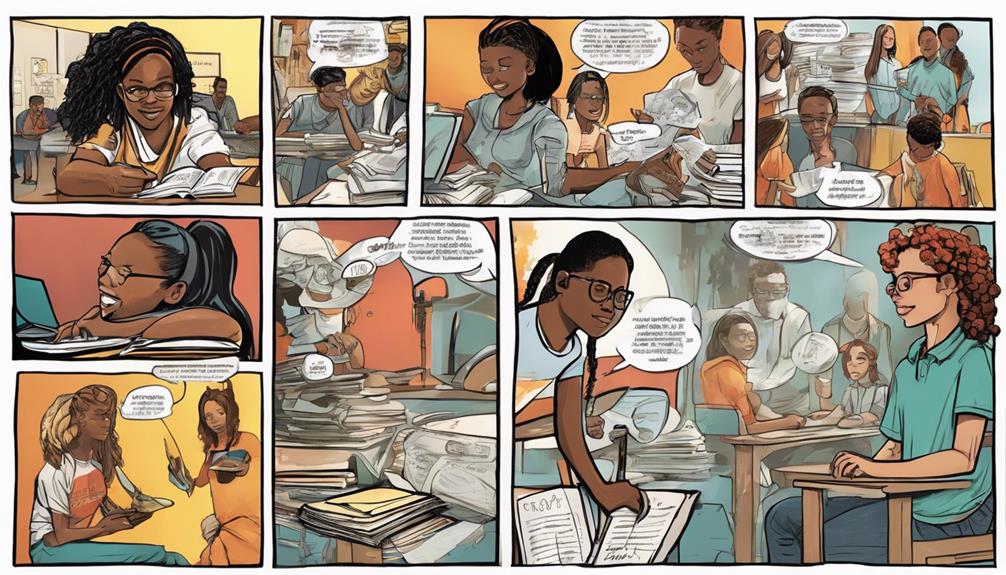
Utilizing students' interests and strengths, educators can tailor learning experiences to foster empowerment and engagement. By customizing tasks and projects to align with what excites and motivates each student, teachers can create a more personalized and meaningful educational journey.
Offering options that cater to individual preferences not only makes learning more enjoyable but also empowers students to take ownership of their education. Assigning roles based on strengths allows students to shine in areas where they excel, boosting their confidence and sense of accomplishment.
Genuine interest in their work and achievements further reinforces their self-worth and encourages them to showcase their unique talents. Personalized empowerment approaches pave the way for students to explore their full potential and thrive in their academic pursuits.
Growth Mindset and Self-Empowerment Techniques

Encouraging students to embrace a growth mindset is essential for fostering self-empowerment in their educational journey. By instilling beliefs that intelligence and abilities can be developed through dedication and hard work, students are motivated to take on challenges and persist in the face of setbacks. This mindset shift not only enhances academic performance but also builds resilience and self-confidence.
| Growth Mindset and Self-Empowerment Techniques | ||
|---|---|---|
| 1. Embrace Challenges | 2. Learn from Criticism | 3. Persist in Effort |
| 4. Find Inspiration in Others | 5. Celebrate Progress |
These techniques empower students to view obstacles as opportunities for growth, seek feedback as a tool for improvement, and understand that mastery comes from continuous effort. By internalizing these principles, students develop a sense of agency over their learning journey and cultivate a mindset conducive to long-term success.
Frequently Asked Questions
How Can Teachers Effectively Incorporate Students' Hobbies Into Lessons?
Teachers can effectively incorporate students' hobbies into lessons by identifying interests, keeping notes, and personalizing engagement. Assign roles in group work based on strengths, acknowledge achievements, and celebrate successes to create a meaningful learning experience.
What Are Some Creative Ways to Acknowledge and Celebrate Student Achievements?
To acknowledge and celebrate student achievements, teachers can host personalized recognition ceremonies, create a student achievement wall, share accomplishments in newsletters, and offer small rewards like certificates or praise cards to reinforce positive behaviors and efforts.
How Can Teachers Address Individual Student Needs in a Group Setting?
In a group setting, teachers can address individual student needs by personalizing tasks, assigning roles based on strengths, and offering options aligned with interests. Celebrating diverse talents fosters a supportive environment where every student can thrive.
What Strategies Can Be Used to Help Students Set and Achieve Personal Goals?
To help students set and achieve personal goals, teachers can encourage a growth mindset, provide personalized tasks aligned with interests, offer sincere feedback, and inspire belief in students' abilities. By fostering self-empowerment, students can work towards success.
How Can Teachers Encourage Students to Embrace Challenges and Setbacks as Opportunities for Growth?
Teachers can encourage students to embrace challenges by highlighting growth opportunities in setbacks. Providing support, feedback, and positive reinforcement helps students develop a growth mindset, believe in their potential, and persevere through obstacles.
Conclusion
To sum up, tapping into student potential through empowering strategies is crucial for nurturing growth and self-empowerment in the classroom.
For instance, by recognizing a student's passion for art, a teacher can integrate creative projects into their curriculum, enabling the student to showcase their talents and thrive in their area of expertise.
Through the use of positive reinforcement, fostering strong relationships, and personalized approaches, educators can motivate students to achieve their full potential and have faith in their abilities.
Embracing these approaches can truly make a difference in shaping confident, driven learners.
